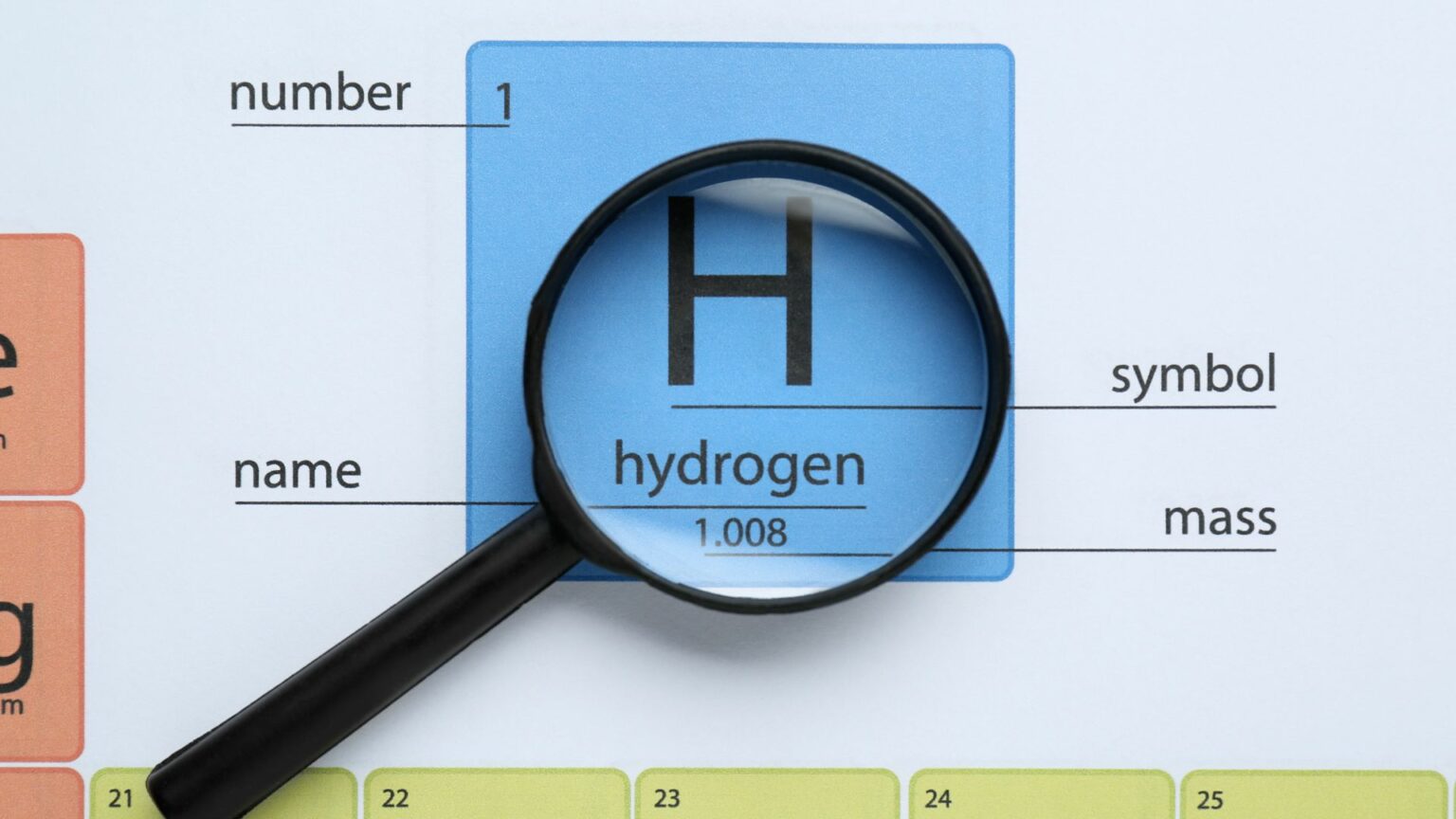Siemens Gamesa Renewable Energy has filed a patent titled “Wind Turbine with Integrated Hydrogen Production System” on July 17, 2024.
This innovation combines wind energy generation with hydrogen production, promising potential advancements in both renewable energy storage and distribution.
Unique Features
The patented technology integrates a wind turbine with an electrolytic unit, harnessing the electrical power generated by the wind turbine to produce hydrogen from water. Key components include a generator, a nacelle, a tower supporting the nacelle, and a base. The specifically designed fluid supply assembly ensures the input fluid, typically water, is delivered from below a water level to the electrolytic unit, which is positioned above that level. This arrangement capitalizes on the renewable energy generated by the turbine to create hydrogen, a clean and versatile fuel.
What sets this technology apart is the seamless integration of hydrogen production within the wind turbine infrastructure itself. Unlike traditional methods where wind energy is used solely for grid electricity, this system diversifies its application by directly producing hydrogen, enhancing overall energy efficiency and utility.
Potential Applications
This innovative system holds vast potential applications across various sectors:
1. Energy Storage: Hydrogen can be stored and converted back to electricity when needed, addressing the intermittent nature of wind energy.
2. Transportation: Hydrogen produced can be utilized in fuel cells for electric vehicles, thus contributing to the decarbonization of the transport sector.
3. Industrial Use: Hydrogen is a crucial input in numerous industrial processes, including chemical manufacturing and refining.
Compared to existing technologies, this patented system simplifies the hydrogen production process by localizing it at the wind turbine site. Traditionally, hydrogen production from renewable energy involves complex logistics and conversion steps, whereas this patented method directly utilizes wind energy, streamlining the process. The innovative fluid supply mechanism and the elevated positioning of the electrolytic unit above the water level are additional advancements that enhance efficiency and reliability.





